

Game Rant’s Ryan Blanchard reviews Marvel vs. Capcom 3: Fate of Two Worlds
If there’s one fighting game that is almost instantly recognizable among both hardcore and casual gamers, it is Marvel vs. Capcom 2. Not only did it manage to distinguish itself from the other games in the fighting genre with some of the best controls and gameplay around, but it gathered together one of the strongest rosters in gaming history, bringing together iconic figures from both the Marvel universe and the Capcom universe.
If there was one major flaw to the game though, it was that balancing the 56 different fighters was nearly impossible. Some characters were simply too strong or possessed infinite combos that rendered most other combatants useless.
Now, eleven years later, Capcom is releasing the sequel to their juggernaut of a fighting franchise in the form of Marvel vs. Capcom 3: Fate of Two Worlds. Sporting slick next-gen visuals, a revamped control scheme, a roster of 36 fighters including faces both old and new, and online multiplayer that deals with the nuisance of people quitting mid-fight, it’s no surprise that Capcom is expecting this highly anticipated sequel to fly off of store shelves. With such large, illustrious shoes to fill, does Marvel vs. Capcom 3 meet its high expectations, or is it just another bland sequel?
The first thing that you’ll notice when you jump into Marvel vs. Capcom 3 is the distinct lack of a story. Essentially, all your favorite heroes and villains from the Marvel and Capcom universes band together in order to save the planet from certain destruction. That’s it. Jumping into arcade mode, the primary single player mode, you are instantly thrust into battle after choosing your three fighters along with their assist abilities. You then go on to fight team after team of opposing fighters until faced with the final boss. While this is standard fighting game fare, I really expected something more from a series of this pedigree. I wasn’t expecting the next Enslaved, but I wanted a little more than a single boss battle followed by still images with text explaining the characters’ outcomes, having saved the world. While I know that people don’t play fighting games for the deep story, it just comes across as cheap to completely neglect the single player aspect of the game, tacking on a rudimentary arcade mode.
Luckily, this is one of the game’s few faults. In terms of sound design, you’re getting exactly what you’d expect from the series, which means everything is just as over-the-top as the gameplay. While most of it never really stood out for me, everything from the sounds of punches and kicks to the sounds of lasers and guns fit with the quirky mood of the game extremely well. The sound may not be exceptional, but by complementing the chaos on screen and remaining unobtrusive while I was playing, it’s difficult to look down on the sound design. It’s also worth mentioning that the infectiously, irritating character select music from the last game also makes its triumphant, remixed return in Marvel vs. Capcom 3 providing a wave of nostalgia for older players. Also in a move that will please hardcore fans, Capcom has added the option to select which language you would like their characters to speak in the game, whether it be english or japanese.
Graphically, I will admit that I had mixed feelings before playing the game. Once I jumped into my first match though, all of my fears were dispelled. The character models really pop out from the background and contribute to the general chaos occurring on screen. Like the sound design, the graphics are not groundbreaking, but it’s good enough for the gameplay and the overall feel of the game, achieving exactly what they need to. So, while they may not blow you away, the graphics have no problem achieving the quirky comic book feel they set out to put in place.
In terms of gameplay, while the general format of 3 vs. 3 fights remains the same for the most part, in a move that surprised many fans, Capcom changed the control scheme to be more akin to Tatsunoko vs. Capcom, doing away with the need for two punch buttons and two kick buttons. Instead, the player is given light, medium and heavy attacks which can be chained together, along with a special attack button which can achieve different effects depending on what it’s combined with, although its primary function is as a launch attack in preparation for aerial combos. While these were important to master in the previous game, they’re essential now, as I’ve noticed a massive increase in players’ reliance on aerial combos. As such, many characters from the previous game have been revamped in order to be able to compete with some of the aerial heavyweights in the roster. At first, I was apprehensive about Capcom making use of a control scheme that would be more accessible to newcomers, but after getting my hands on it, it feels just as tight as the previous game. While it is definitely easier to get the hang of, it still requires the same level of finesse in order to truly dominate the playing field proving the old mantra of “easy to learn, difficult to master” true once again.
On the subject of the fighters though, the one question on most peoples’ minds is whether or not Capcom has been able to balance the characters this time around. While I can only speak for the community that was playing before launch, it seems as if Capcom has successfully struck a balance among the characters. Not only have I yet to experience any infinite combos, but I was amazed by the diversity of characters that people were playing as. In the second game, I had gotten used to seeing hordes of Sentinel, Cable and Magneto players, but in Marvel Vs. Capcom 3, it was rare to run into the same team twice. Every character seemed to have a purpose. While some excelled at getting in close and dealing quick damage on the ground, there were others that acted as anti-air, keeping aerial fighters at bay. At the end of the day, I was surprised by how much thought I ended up putting into my teams, trying to strike a perfect balance in order to cover my characters’ weaknesses.
While there are sure to be people that will be unhappy that the roster has been reduced from that of Marvel vs. Capcom 2, it’s hard to complain when the characters have been balanced much more evenly, at least at the time of launch. One thing that, like mentioned above, I find inexcusable, is the complete lack of game modes. For offline players, there is arcade mode, versus, practice and mission mode. These are all standard fare, with mission mode being the spiritual successor to Super Street Fighter 4’s trial mode, which teaches the player each character’s major combos. While this is nothing new, it’s definitely nice to see and will prove invaluable to newcomers to the series and those who want a little practice.
Like any fighting game though, the real reason to play is to prove to everyone and their mother that you’re the best. That’s where the game’s multiplayer comes in. While it seems rather barebones like the rest of the game’s modes, what’s there works like a charm. In the time I spent online, I never had a problem connecting to ranked matches and didn’t even notice the slightest bit of lag. This is essential in a game that requires complete, pin-point control over your character. I was also incredibly impressed by how well it matched me with other players. Every match, I was up against someone who had the same number of wins and losses as myself and never once experienced a rage quitter. This is a first for me as that’s usually one of the qualities of fighting games that keeps me from getting fully engrossed in the multiplayer community. Much of this I believe is attributed to Capcom’s fight against quitters by including a hidden stat that keeps track of their disconnecting tendencies. The other major available multiplayer mode is party mode which allows players to get together in parties of up to eight where they can fight against each other, rotating throughout the party. Sadly, at the time of review, connection errors didn’t allow me to enter into the party system, but come launch, it is no doubt that this issue will be ironed out.
While it has its share of flaws, the biggest of which being that it lacks in its variety of game modes, there is no denying that Marvel vs. Capcom 3 is a strong addition to the fighting genre. It may be missing out on some components that would have kept hold of the attention of some players for longer, but the content that is there is extremely hard to ignore. With some of the strongest fighting mechanics in the genre and a ton of different characters to play and master, there’s still a lot to keep you coming back provided you’re willing to put in the time to master the more complex mechanics of the game and compete with your friends and the rest of the world.
Marvel vs. Capcom 3: Fate of Two Worlds is available now on Xbox 360 and PS3.
Check out our feature on 10 characters we want added to Marvel vs. Capcom 3!
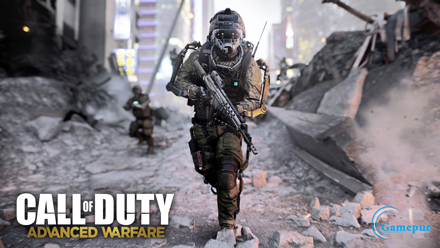
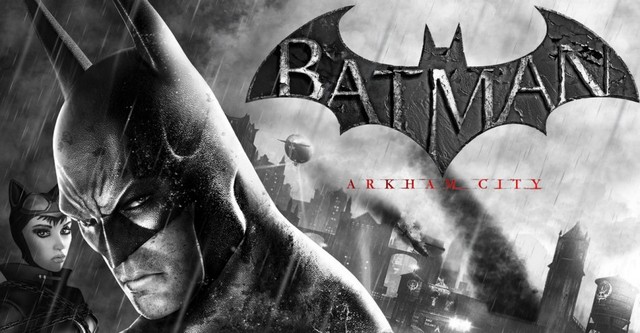
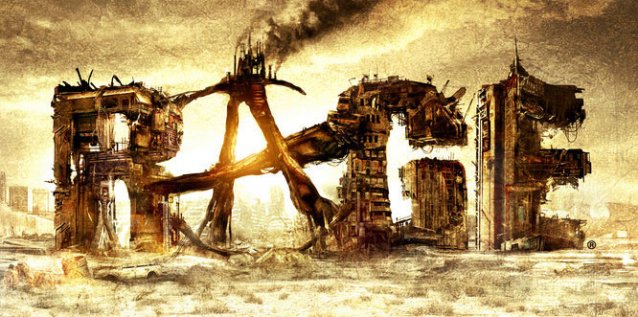

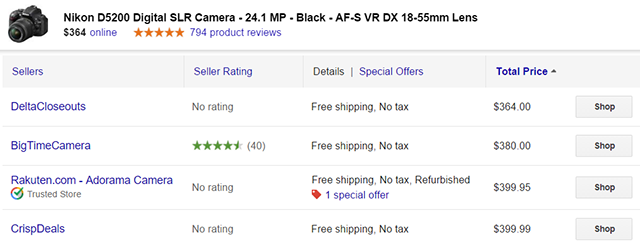 7 Price Comparison Websites You Should Bookmark Right Now
7 Price Comparison Websites You Should Bookmark Right Now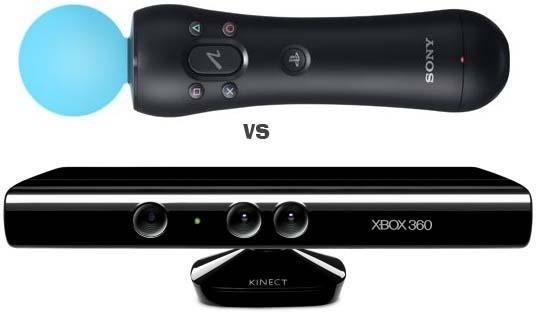 Xbox Kinect vs PlayStation Move
Xbox Kinect vs PlayStation Move Sequence 6 - A Case of Identity and A Spot of Tea: Assassin's Creed Syndicate Walkthrough
Sequence 6 - A Case of Identity and A Spot of Tea: Assassin's Creed Syndicate Walkthrough 5 Helpful tips for Document your holiday on Instagram
5 Helpful tips for Document your holiday on Instagram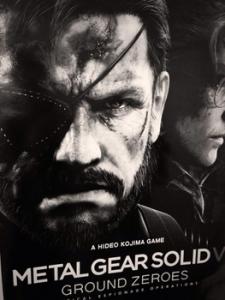 Guide to Earn/Unlock Metal Gear Solid V: Ground Zeroes Achievements/Trophies
Guide to Earn/Unlock Metal Gear Solid V: Ground Zeroes Achievements/Trophies